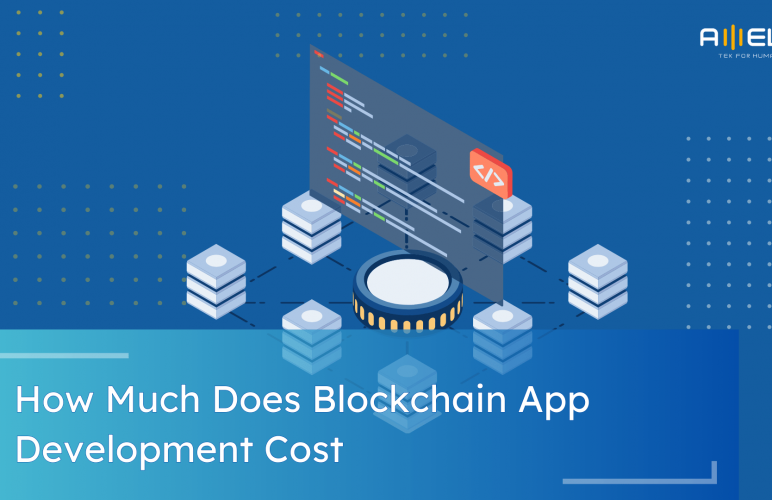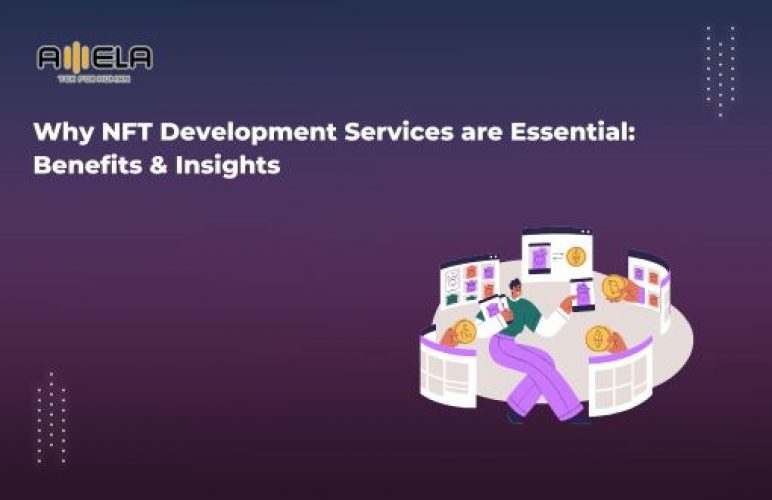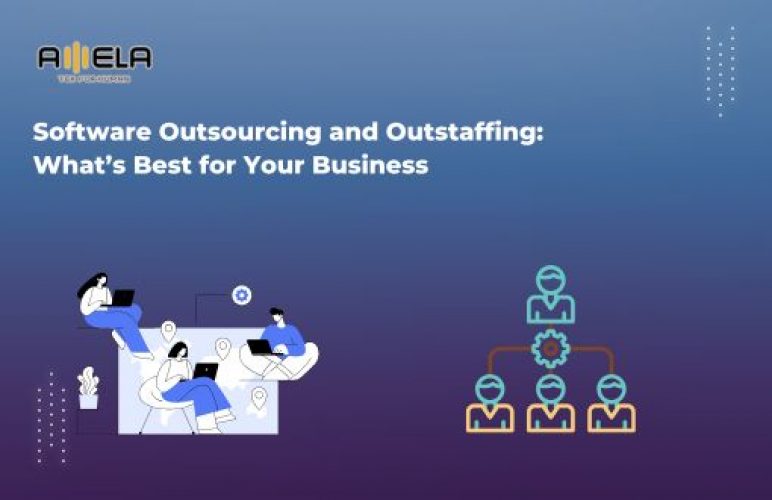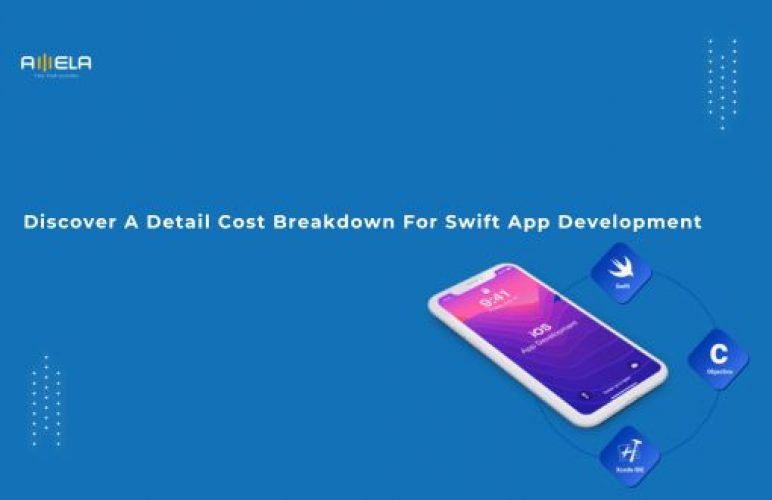
How Much Does Blockchain App Development Cost in 2026?
When companies start exploring blockchain app development, the first question is always the same: “How much will this actually cost?” And the honest answer is that costs vary dramatically depending...
View detail








